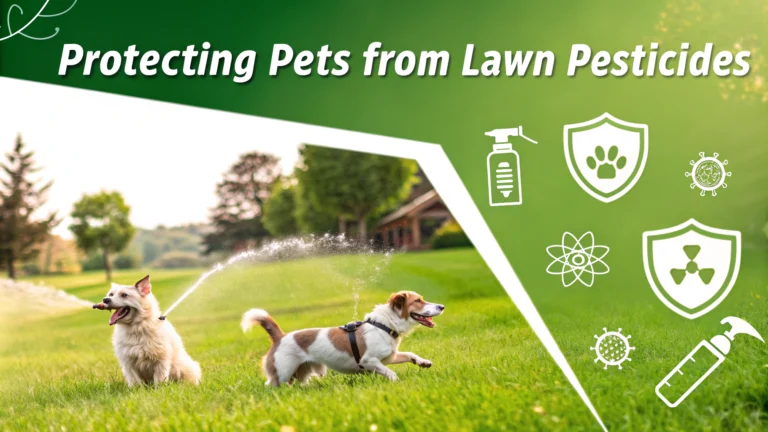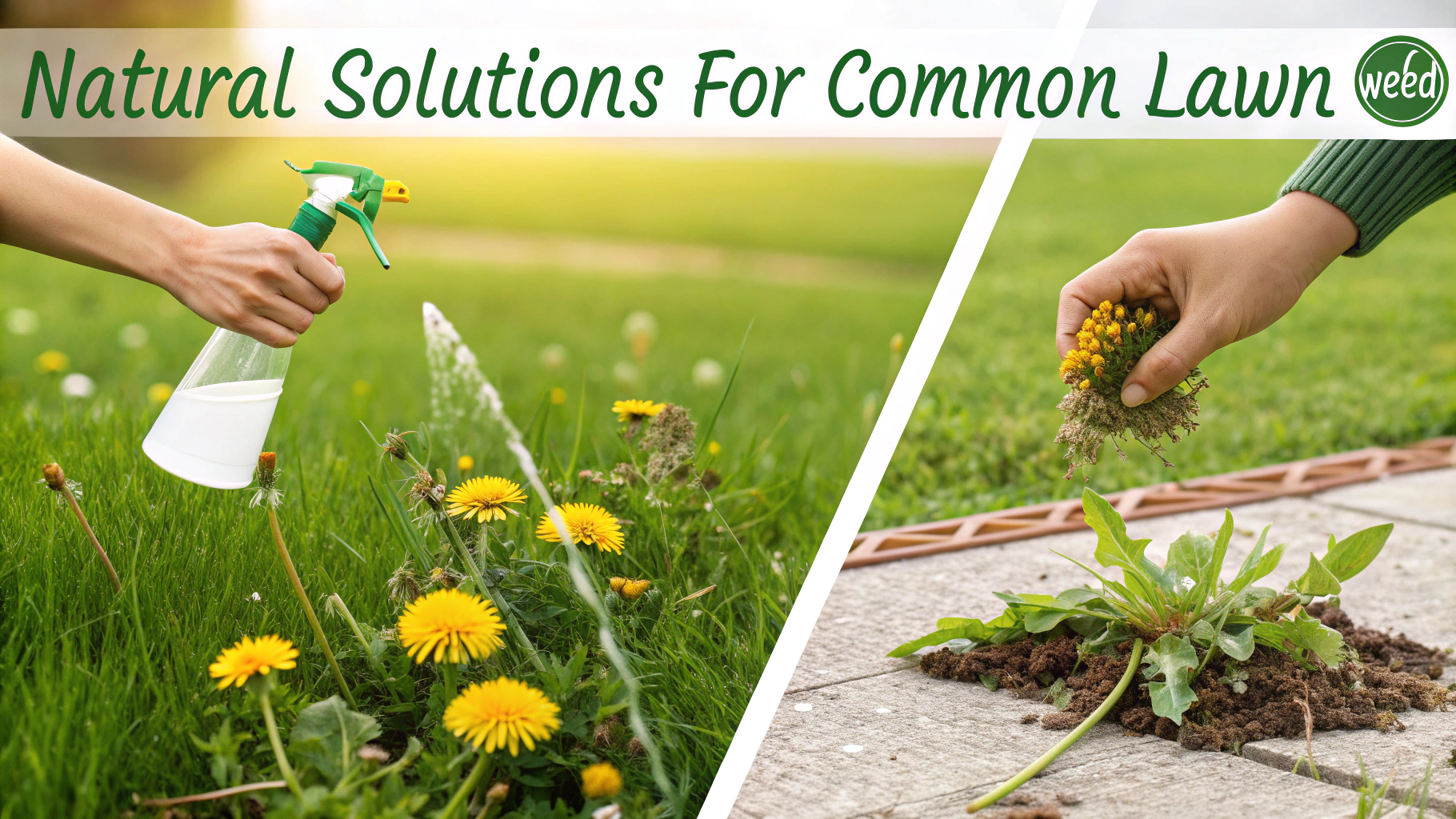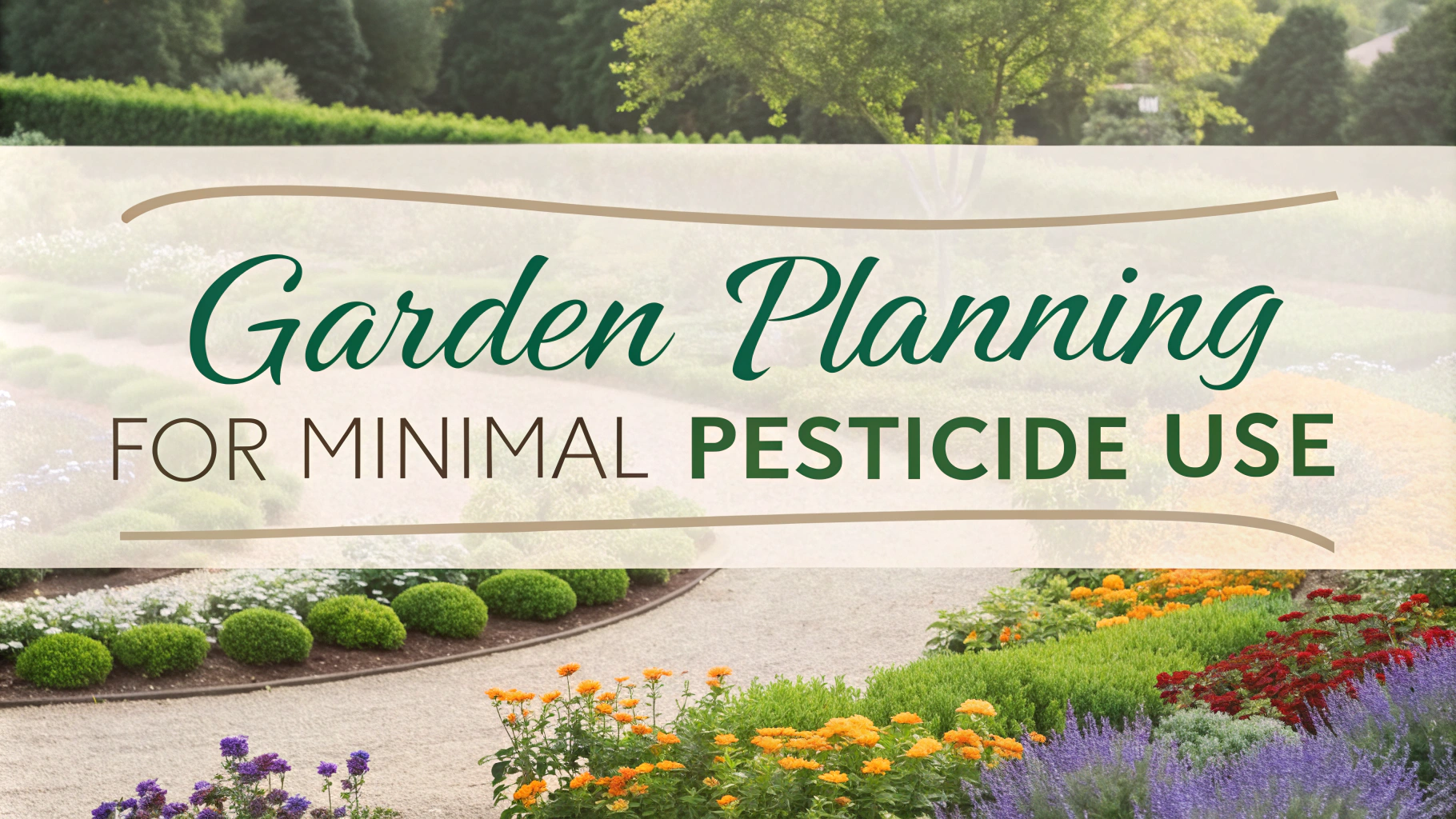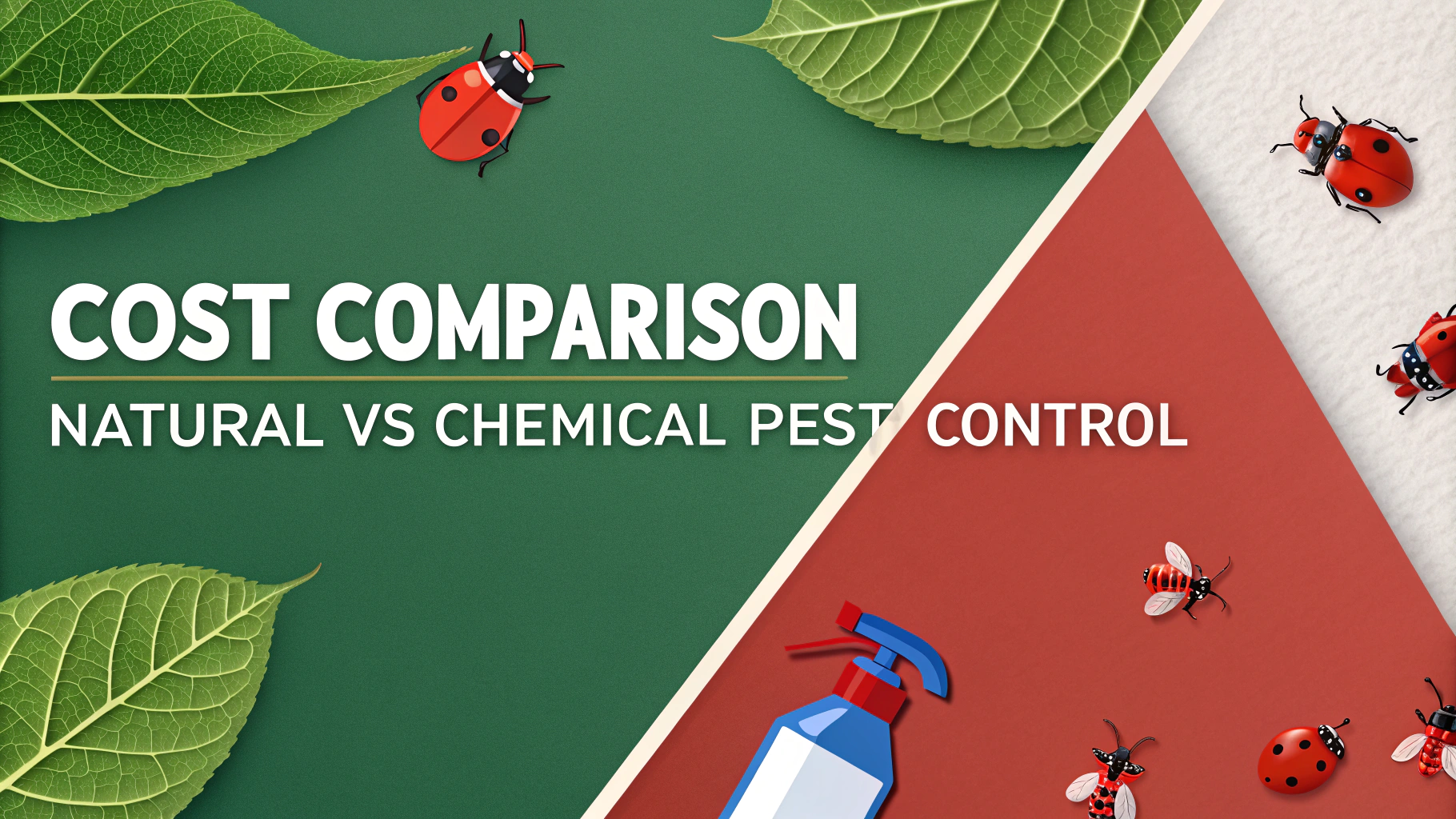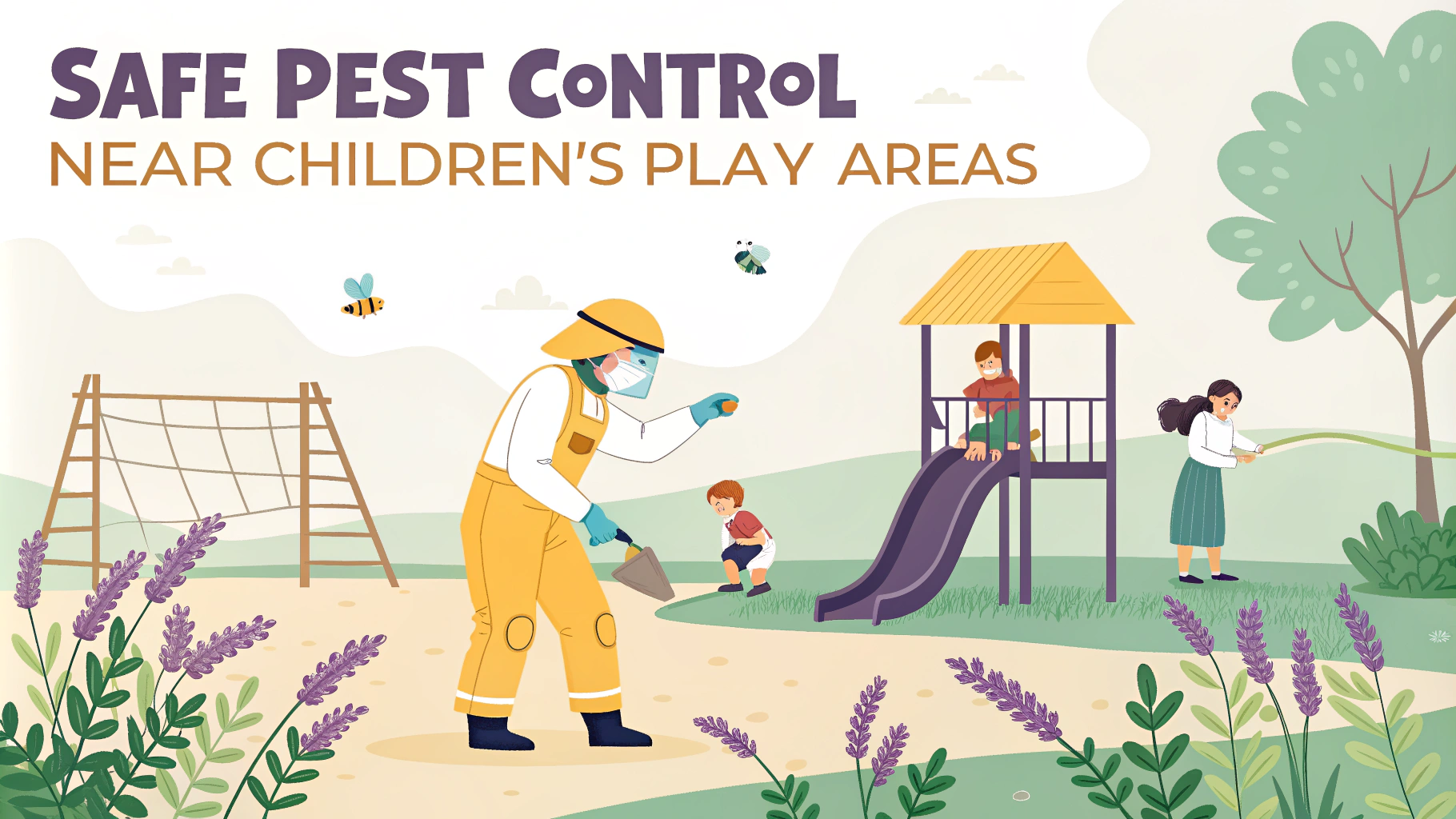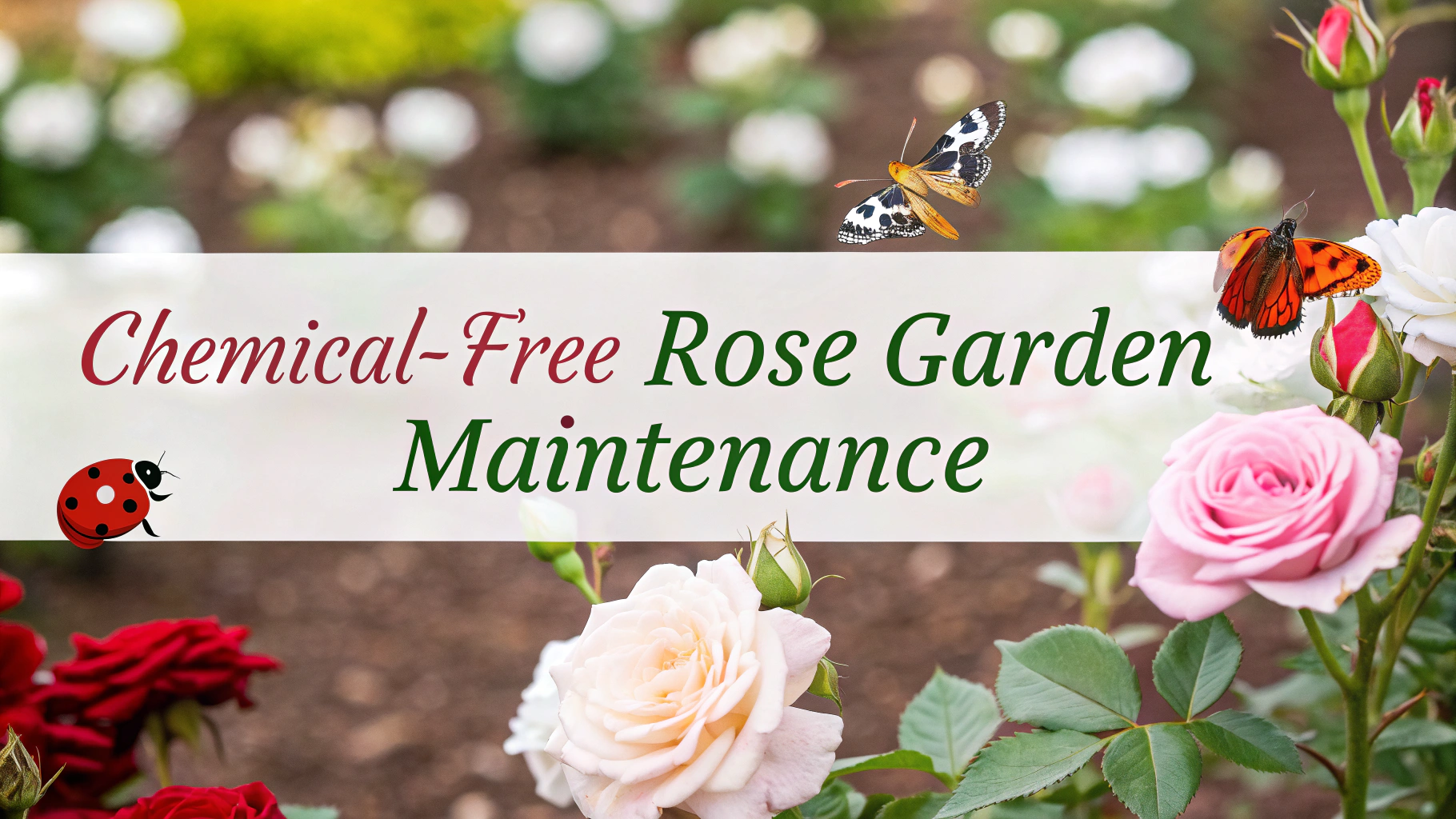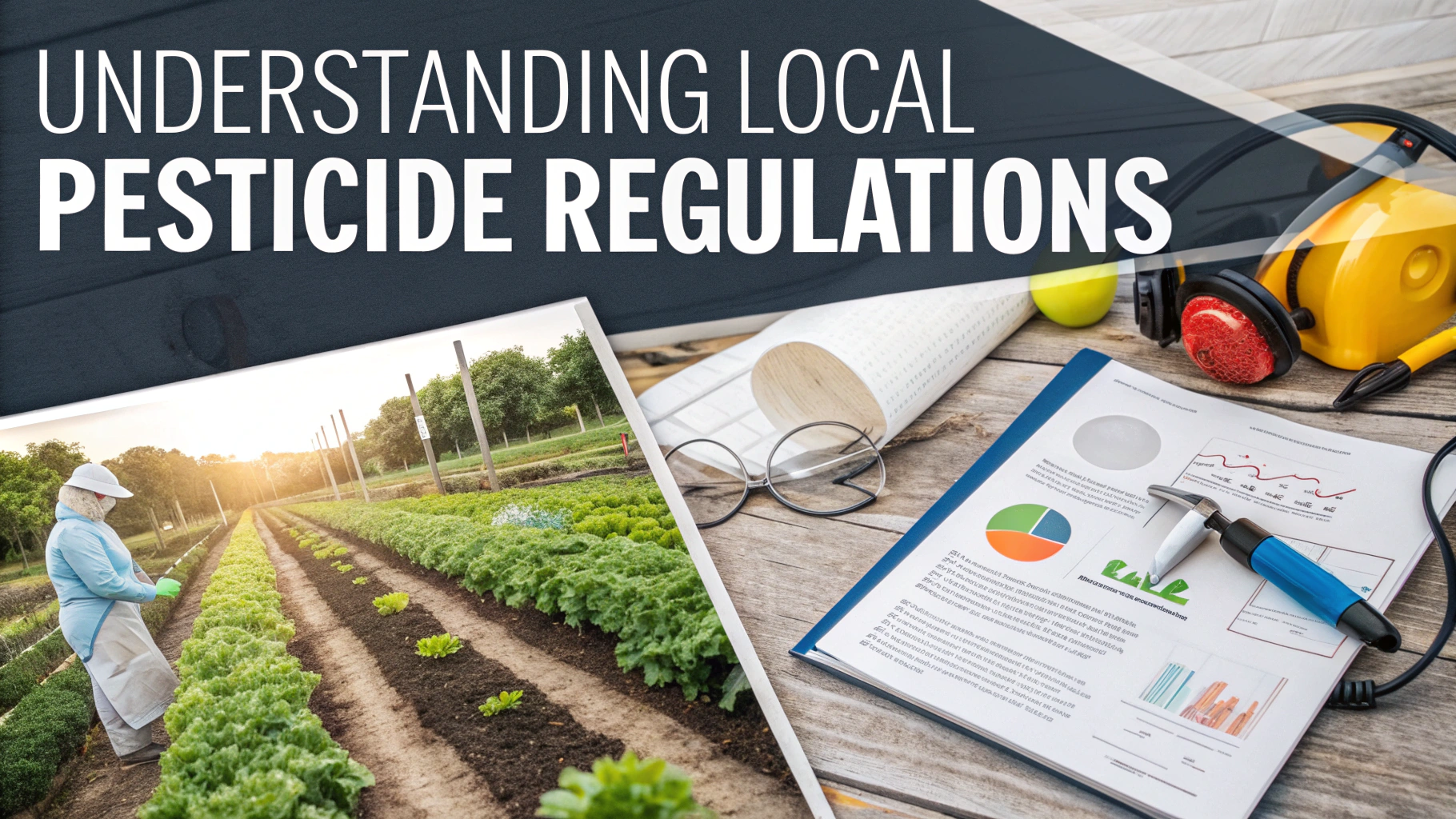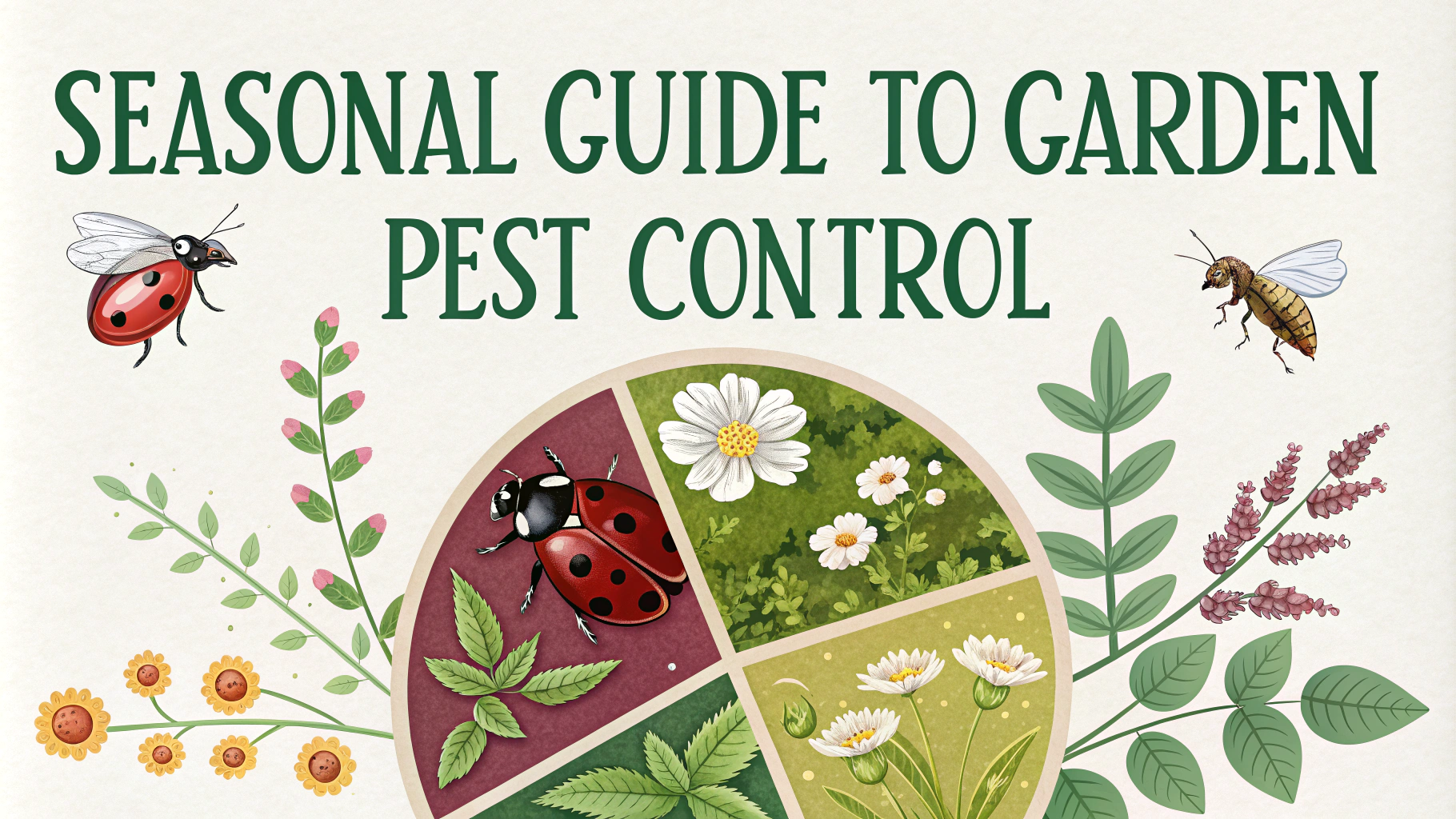Lawn pesticides can pose serious health risks to pets who walk, play, and roll around on treated grass.
The most common lawn chemicals linked to pet illness include glyphosate (Roundup), 2,4-D, and carbaryl.
Quick Safety Tips
- Keep pets off treated areas for at least 48 hours after application
- Store pesticides in locked cabinets out of reach
- Remove pet bowls, toys and bedding before treatment
- Wipe paws after walks through treated areas
Warning Signs of Pesticide Exposure
- Excessive drooling or vomiting
- Diarrhea
- Lethargy or weakness
- Difficulty breathing
- Muscle tremors or seizures
Natural Lawn Care Alternatives
- Corn gluten meal for weed prevention
- Nematodes for grub control
- Beneficial insects like ladybugs
- Manual weed removal
- Overseeding to crowd out weeds
For suspected pesticide poisoning, contact the ASPCA Animal Poison Control Center immediately at (888) 426-4435.
Creating Pet-Safe Zones
- Designate untreated areas for pet activities
- Use physical barriers during treatment
- Post warning signs for neighbors with pets
- Keep treatment records with dates and products used
| Common Pesticide | Waiting Period Before Pet Access |
|---|---|
| Glyphosate | 24-48 hours |
| 2,4-D | 48 hours |
| Carbaryl | 72 hours |
Working with a certified organic lawn care service can help maintain beautiful grounds while keeping pets safe.
Contact your local cooperative extension office for specific advice about pet-safe lawn care practices in your area.
Consider xeriscaping or creating pet-specific play areas with artificial turf to minimize chemical exposure.
Regular soil testing can help determine if treatments are actually needed, potentially reducing unnecessary chemical use.
Environmental Impact
Lawn pesticides don’t just affect pets – they can harm beneficial insects, contaminate groundwater, and disrupt local ecosystems.
Ecosystem Effects
- Reduction in pollinator populations
- Soil microorganism disruption
- Runoff into local waterways
- Impact on bird populations
Preventive Lawn Care Measures
- Maintain proper mowing height
- Test soil pH regularly
- Water deeply but infrequently
- Choose native grass species
- Apply organic fertilizers
Working with Professionals
When hiring lawn care services, ensure they:
- Are certified in integrated pest management
- Offer pet-safe treatment options
- Provide detailed application schedules
- Use targeted rather than broadcast treatments
Conclusion
Creating a pet-safe lawn requires careful planning and consideration of alternative treatments. By implementing natural lawn care practices, maintaining vigilant pet safety protocols, and working with knowledgeable professionals, homeowners can achieve healthy lawns without compromising pet welfare.
Regular monitoring of lawn conditions and pet health, combined with proactive prevention measures, helps ensure a safe outdoor environment for all family members – both two-legged and four-legged.
FAQs
- How long should I keep pets off treated lawns?
Keep pets off treated areas for at least 24-48 hours after pesticide application, or until the product has completely dried. For some pesticides, waiting 72 hours is safest. - What immediate signs indicate pesticide poisoning in pets?
Common signs include excessive drooling, vomiting, diarrhea, difficulty breathing, seizures, and extreme lethargy. If you notice these symptoms, contact your veterinarian immediately. - How can I protect my pets from neighbor’s lawn pesticides?
Create buffer zones, avoid boundary areas during and after neighbor’s treatments, keep pets indoors during applications, and request notification from neighbors before they spray. - What natural lawn care alternatives are safe for pets?
Safe alternatives include corn gluten meal, nematodes, diatomaceous earth, vinegar-based solutions, and organic compost for fertilization. - Should I wipe my pet’s paws after walking on treated lawns?
Yes, use pet-safe wipes or a damp cloth to clean paws, legs, and belly after any potential exposure to treated areas to prevent ingestion during self-grooming. - What are the most dangerous lawn pesticides for pets?
Organophosphates, carbamates, and products containing 2,4-D are particularly dangerous. These can cause severe neurological symptoms and organ damage in pets. - How can I tell if my lawn has been treated with pesticides?
Look for posting signs, marker flags, granules on grass, wet areas, or a chemical smell. When in doubt, contact the lawn care provider or property manager. - What should I do if my pet ingests treated grass?
Contact your veterinarian or pet poison control immediately. Note the pesticide name and ingredients if possible, and save the product label for reference. - Are pesticide granules more dangerous than sprays for pets?
Granules can be more dangerous as they remain active longer and can stick to paws or fur, leading to ingestion during grooming. They’re also more likely to be eaten directly. - How can I create a pet-safe yard maintenance routine?
Use integrated pest management, maintain healthy soil naturally, overseed to prevent weeds, mow high, water deeply but infrequently, and choose pet-safe plants.
